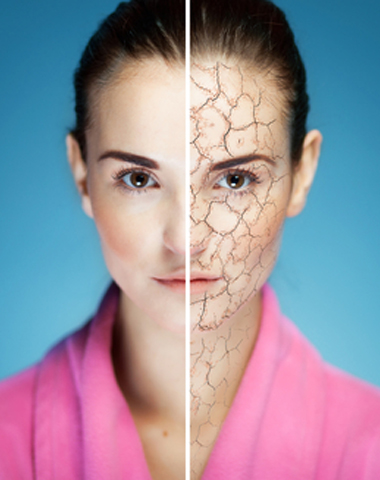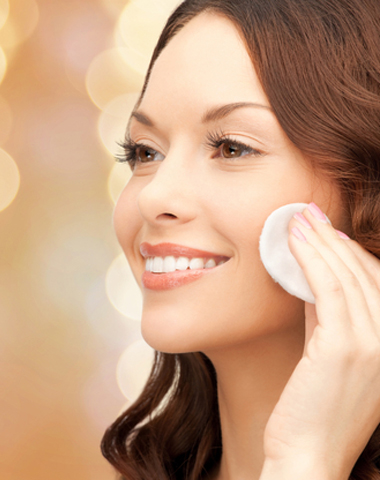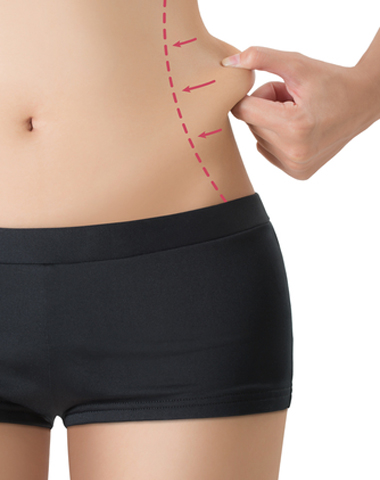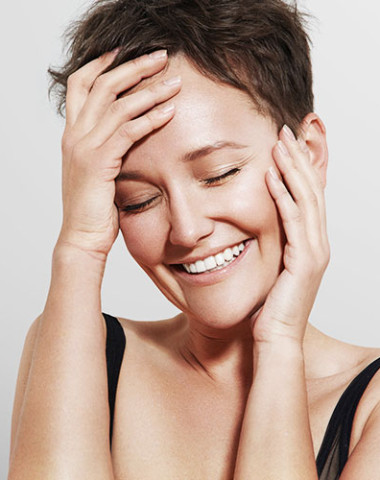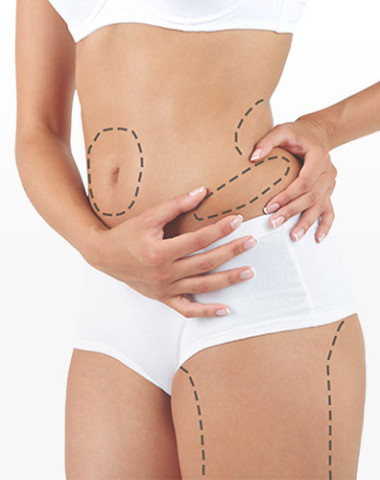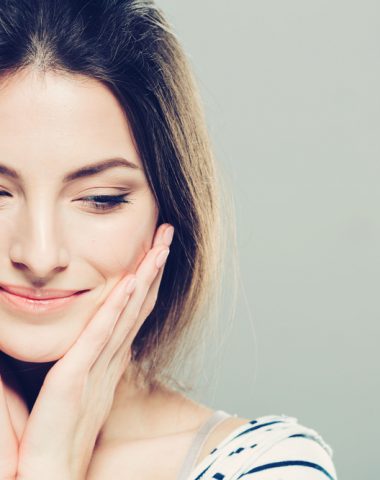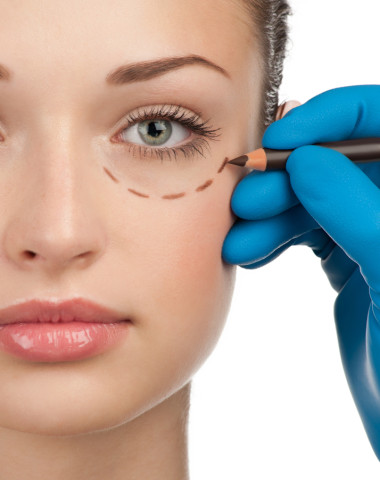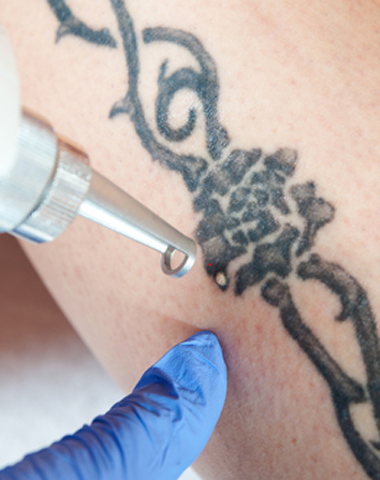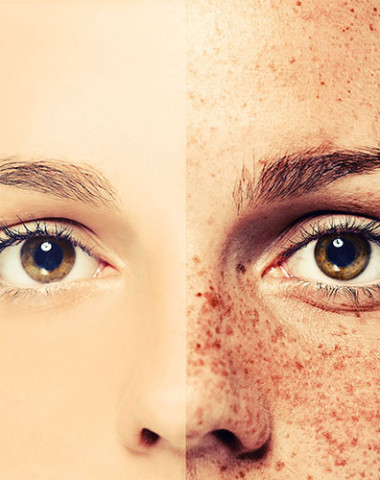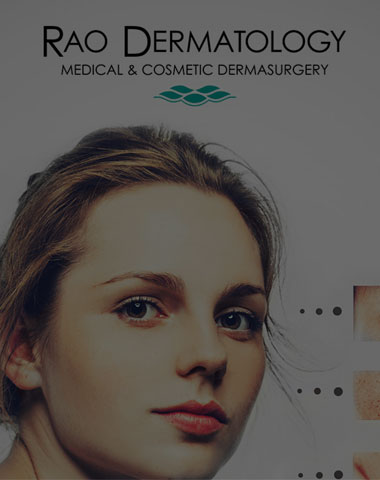 Sometimes you want to work up a sweat, it makes you feel energized, alive, and powerful. But if you’re sweating profusely and visibly on a date, at the office, in a job interview, or at a party, it’s just embarrassing. Imagine putting on a freshly pressed, crisp suit for a job interview only to arrive wrinkled and damp with sweat trickling down your jaw and dripping from your hands.
Sometimes you want to work up a sweat, it makes you feel energized, alive, and powerful. But if you’re sweating profusely and visibly on a date, at the office, in a job interview, or at a party, it’s just embarrassing. Imagine putting on a freshly pressed, crisp suit for a job interview only to arrive wrinkled and damp with sweat trickling down your jaw and dripping from your hands.
Sweating that much without strenuous exercise is called hyperhidrosis. While it’s normal to perspire when you’re warm, have a fever, exercise, or feel stressed, hyperhidrosis prevents your sweat glands from shutting off – some people sweat in air conditioning, while reading a book, or even while swimming because of this condition. And it’s not just embarrassing, it’s uncomfortable!
About 2-3% of people have hyperhidrosis which can be an unexplained disorder of its own (primary or focal hyperhidrosis) or sign of an underlying medical condition (secondary or generalized hyperhidrosis). Those with primary hyperhidrosis sweat about five times more than the average person and they sweat from their eccrine sweat glands (feet, hands, face, and underarms).
The cause for primary hyperhidrosis isn’t known, though there’s a familial connection and most people have had it since childhood. On the other hand, secondary hyperhidrosis stems from a medical condition or a medication and it happens all over the body rather than in concentrated areas, often during sleep (think waking up with soaked sheets).
A number of medications cause secondary hyperhidrosis in addition to pregnancy, diabetes, hyperthyroidism, menopause, obesity, lymphoma, Parkinson’s, gout, rheumatoid arthritis, and infection. If you’re not sure which form you have, learn more here and keep track of your symptoms with this worksheet.
How do you treat hyperhidrosis?
Since secondary hyperhidrosis results from an existing condition or medication, addressing the underlying issue should alleviate the excessive sweating. And while primary hyperhidrosis is unexplained (it’s still being researched) it is treatable using neuromodulators and ThermiDry.
This neuromodulator (Botulinum toxin type A) is a safe and effective treatment for excessive sweating and can decrease sweating by up to 87% (up to 90% for hand sweating). It works by blocking the nerve signals that trigger sweating and can treat underarms, palms, foot soles, foreheads, scalps, and groins – almost every area responds to this treatment. Injections themselves take about 15 minutes and you’ll notice a decrease in sweating within 2-4 days with full effects noted within two weeks and lasting about a year (but every person is different, so results may vary). Repeated neuromodulators for hyperhidrosis results in long-lasting improvements and notable increases in quality of life, daily functioning, and job productivity.
ThermiDry is one of the world’s safest and most effective hyperhidrosis treatments and it’s a great alternative to neuromodulators (which can be costly if you don’t have coverage). A three-step
procedure, ThermiDry begins with a numbing cream followed by a sterile, numbing injection (saline, lidocaine, bicarbonate, and epinephrine) before injecting a radiofrequency probe. The probe uses electrically-generated heat energy to destroy glandular cells in the sweat glands and to target the glands’ nerves and muscles that trigger sweat production and secretion. By deactivating some of those glands, ThermiDry reduces sweating while still allowing the body to sweat to maintain body temperature.
At Rao Dermatology, we can safely and reliably reduce excessive sweating. Book a consultation with us today by filling in the contact form below.

